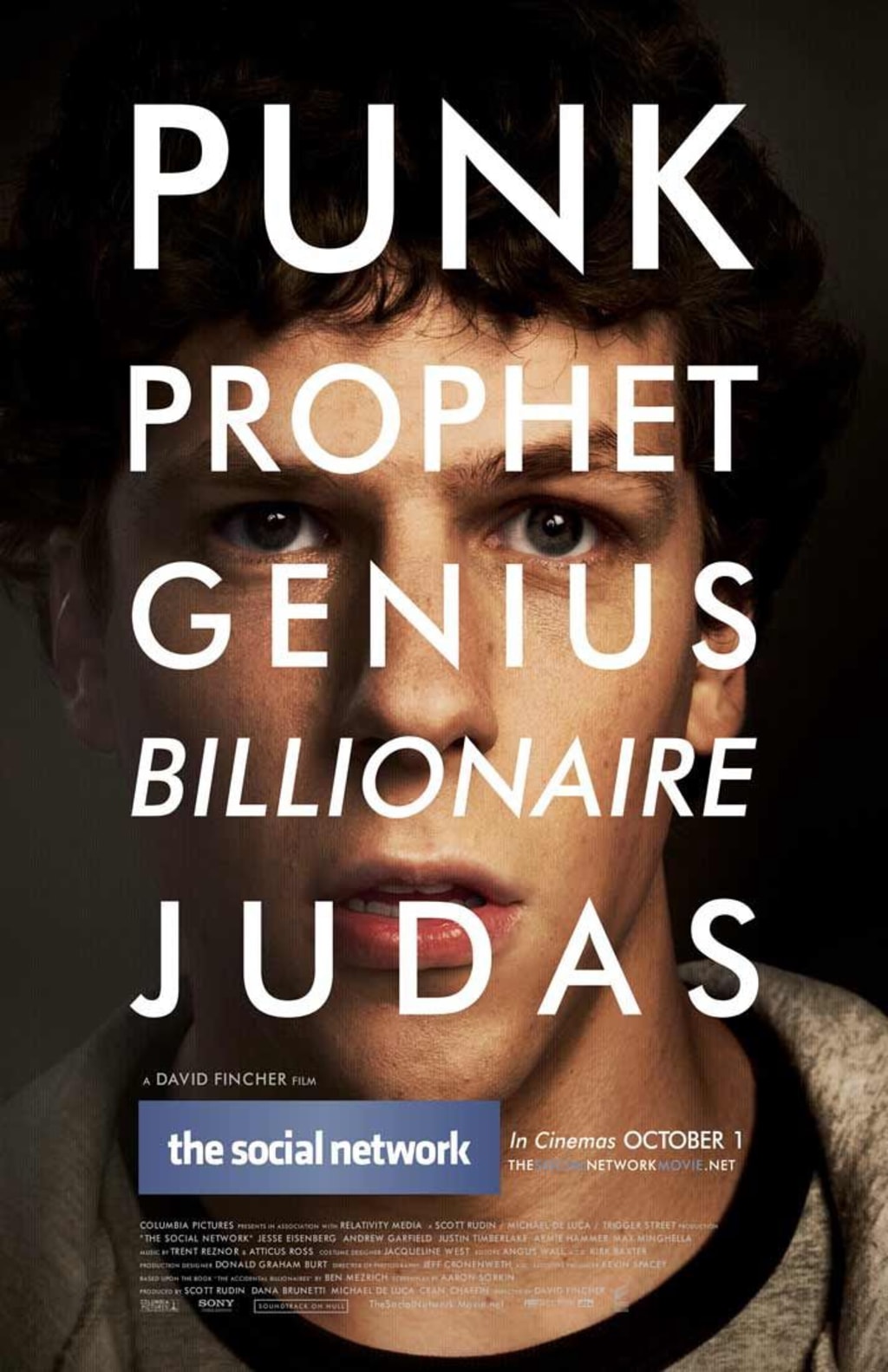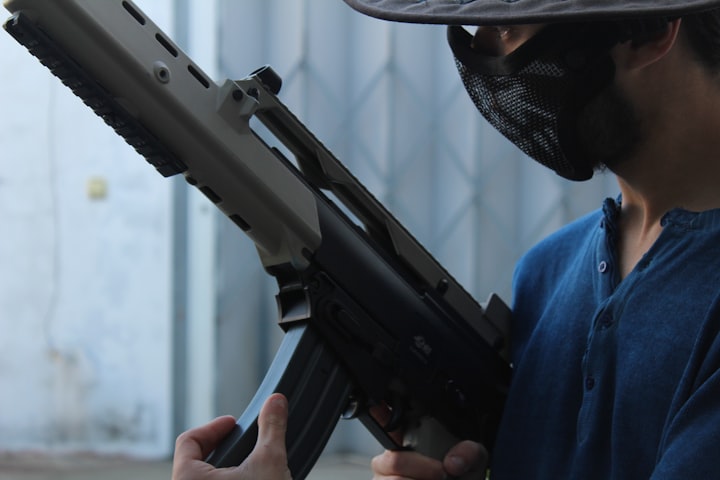A Filmmaker's Guide: David Fincher's 'The Social Network' (2010)
Cinematography as Placement and Symbol

It is very well known that when it comes to symbolic cinematography, not many people do it better and more satirically than director of Seven and Fight Club, David Fincher. Fincher directed the Oscar-winning film The Social Network with the legendary Aaron Sorkin writing and scripting the film. This was followed by Oscar nominee Jesse Eisenberg's crazy SNL episode, which is completely irrelevant to this article but watch it anyway, it's hilarious.
What we're going to be having a look at today is cinematography as placement and symbol. This means how things are placed, and how the camera work shows how these things are placed AND what that means for this scene overall. Various shots in the film can give light to some incredible symbolism, and though we can never really be sure if all of this was fully intentional, we can tell that at least some of it was entirely so.
Here are the questions we'll be answering:
- How is the shot filmed?
- What is in frame and where is it?
- Why is it in frame this way?
Let's get on with this analysis then. In order to use these techniques in your own film, you'll have to work extra hard for the audience (at least the ones better schooled in film) to understand what you've done, but not make it look as if it is forced or, even worse, too obvious to see.
Shot 1:

Check out this shot here. It's filmed in medium>wide, and is focused ever so slightly on the lefthand side of the screen. What you're seeing is one half of the entire scene, and the reason why you're seeing that is to make this entire shot look like an argument. One side against the other. The entire point of the courtroom scenes is to heighten the sense of argument. But, let's have another look at what is in frame. Now, we're not looking at characters in this shot; rather what we're looking at is paper. Notice the paper on the desk that is mostly in frame, and how the character has written upon it. We are made purposefully to be drawn to this paper, because of the fact it's the item closest to the middle of the frame.
What we're actually drawn to though isn't just the paper; it is what is written on the paper, or rather the way it is written. The lines haven't been used, if there are any, and the paper hasn't been written on in straight, even lines going across the page, as we would normally see. Instead, the writing is at an angle—maybe suggesting that it was done in haste, leading the audience to believe that the characters themselves are symbolised by their creativity.
Have a look for yourself, how it is done by analysing this shot:

Shot 2:

This shot is pretty simple to analyse when you look at it, and it has all to do with the characters instead of the items in the frame. The first thing we see is that the scene is shot in a clear wide shot, so that we can purposefully see all the characters in the frame. What we have is a clear placement of the main character at the forefront, whilst the twins remain in the background. And now, the penny has dropped on to how this scene creates meaning.
It has the twins not only in the background, but notice how they are blurred out of the scene with all the concentration being on the main character in the front. This symbolises something that will happen during the cases later on in the film: that it was the twins who originally had the idea, and the main character who stole it for themselves, erasing all existence of the twins, practically "blurring them out." It's fun to analyse, but seems a bit too simple for my own tastes. But, be that as it may, we still have to do it—It's just good practice.
Take a look at this one for your own practice:

Shot 3:

This shot is brilliant for analysis because it presents us with so much symbolism. The first thing we notice is that it's shot in wide, so that we can see various characters, most of them minor characters or extras, and then the two main characters in the front. The symbolism we have concerns the way the scene is laid out, and how it looks. We have these dark spaces at the top right that create depth for the scene to look bigger than it actually is. A never-ending depth of this industrial dystopian looking set. We then have numerous characters who are all dressed rather somberly, and finally, we have the main character that isn't paying attention to any of it, as he has headphones on. The character that enters the scene is dressed in a suit, and completely in black. He stands out amongst the greys and dullness of the set, and when he approaches, he is the first thing the audience notices before he smashes the laptop.
A very well thought-out scene, it is made to render meaning to a time when the social networking culture would take over the world and everyone would become exactly the same, serving the same leader who constantly ignores them unless they are on a computer. The only way out is to literally "break free." Symbolised by the breakage, this is a good excuse to use a horrid amount of satire just for dramatic effect. It works.
Have a look at how it works here, and think primarily about what we see of satire, what we see of culture, and what we learn about the main character and his relations with others.

Conclusion:
I hope you've enjoyed our little analysis on The Social Network (2010) and you can continue to look at this film by analysing:
- Space and Levels
- Colour Scheme
- Portrayal of Real Life Characters
It has been fun and you can eagerly await the next article, being written as we speak!
Good luck on your next project.
About the Creator
Annie Kapur
200K+ Reads on Vocal.
English Lecturer
🎓Literature & Writing (B.A)
🎓Film & Writing (M.A)
🎓Secondary English Education (PgDipEd) (QTS)
📍Birmingham, UK






Comments
There are no comments for this story
Be the first to respond and start the conversation.